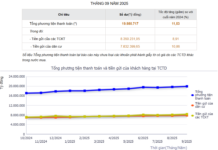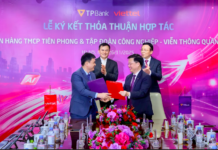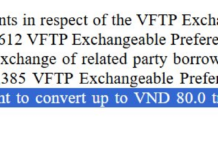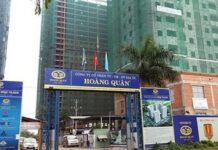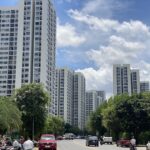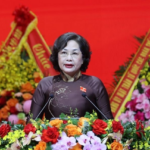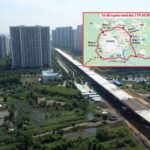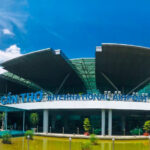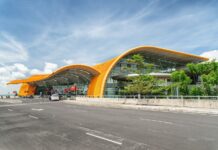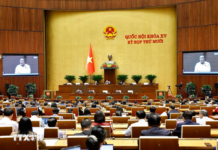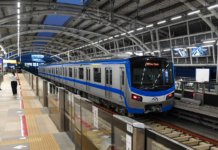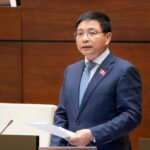In 2024, Nghe An’s GRDP reached 9.01%, securing the second position in the North Central Coast region. Notably, FDI inflows hit a record high of $1.75 billion, highlighted by Foxconn’s $200 million investment—a strategic partner of Apple—in the Southeast Economic Zone.
During the first nine months of 2025, Nghe An’s economy continued its robust growth, with multiple indicators surpassing targets. The provincial GRDP grew by an estimated 8.61%, outpacing the same period last year. It ranked 11th among 34 provinces and cities and maintained its second position in the North Central Coast sub-region. State budget revenue reached nearly VND 20 trillion, a 30% increase year-on-year.
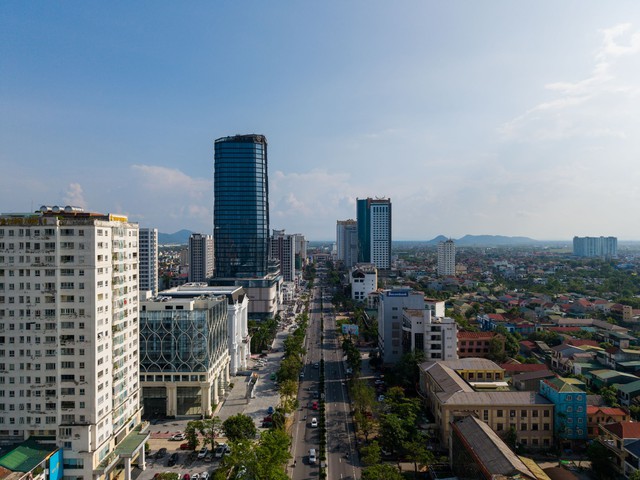
These impressive economic figures underscore the concerted efforts of local authorities, businesses, and residents in the recovery journey, solidifying Nghe An’s position as a new growth hub in the North Central Coast region. The province’s skyline, dotted with skyscrapers, now exudes modernity and vibrancy, attracting a wave of major investors.
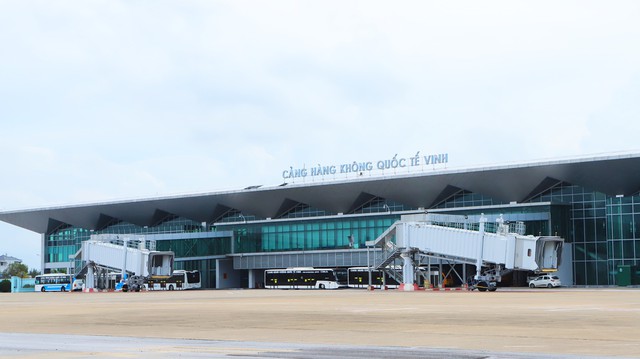
Alongside economic growth, Nghe An’s infrastructure is undergoing unprecedented development, with strategic projects connecting the province domestically and internationally.
A prime example is the Vinh International Airport, currently undergoing a VND 1 trillion upgrade led by the Airports Corporation of Vietnam (ACV). After three months, the project has achieved significant milestones. Six contractors are maximizing resources to meet the December 30th deadline.
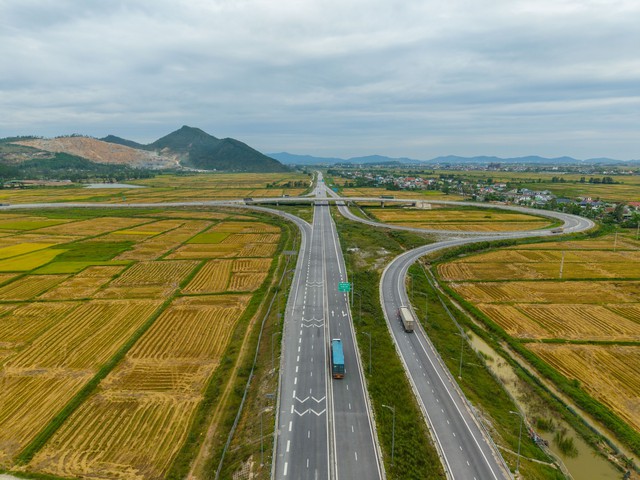
In road infrastructure, the North-South Expressway segment through Vinh – Dien Chau, opened in September 2023, seamlessly connects the North-South Expressway, Deo Ngang Tunnel, and National Highway 1A. This critical link reduces traffic congestion and fuels socio-economic development.
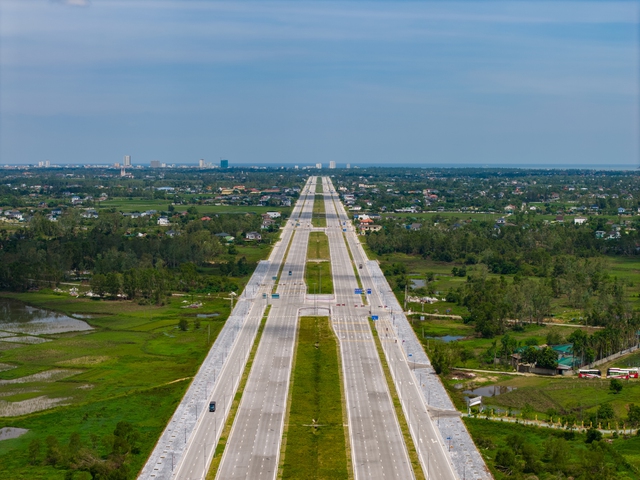
The Vinh – Cua Lo Coastal Avenue, a 16km modern road, has been expanded to connect Vinh City Center with Cua Lo Beach. With 12 lanes (8 dedicated to cars and 4 mixed-use), it’s the province’s widest avenue. This project not only enhances transportation but also serves as a backbone for Nghe An’s economic growth, aligning with the plan to develop Vinh City into the North Central Coast’s economic and cultural hub.
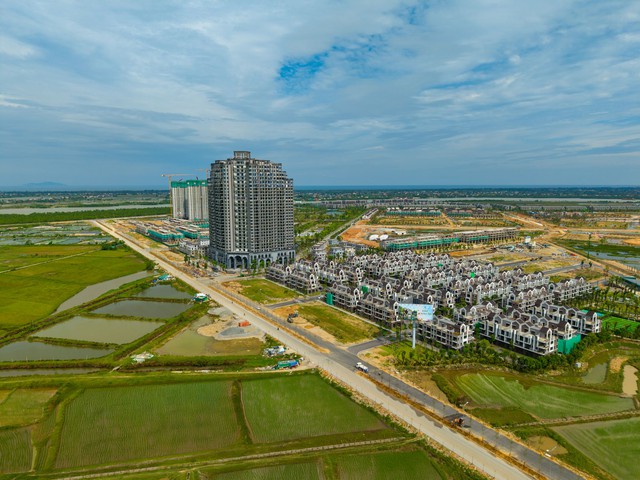
The extended Nguyen Sy Sach Avenue, adjacent to the Eco Central Park urban area (founded by Ecopark), boasts a 70-meter-wide road—the second largest in Nghe An. It serves as a new infrastructure axis for Vinh City, connecting seamlessly with Chu Huy Man Street (along the Lam River dyke) in just 10 minutes.
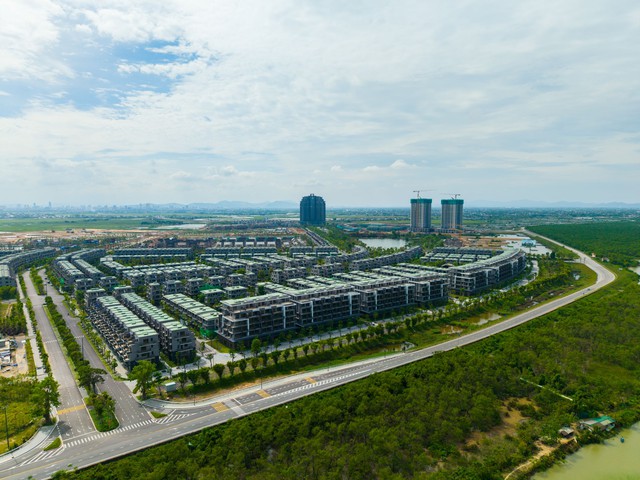
Nearby, the upgraded Chu Huy Man Dyke Road (through Eco Central Park) enhances the cultural heritage of the route and improves connectivity between Vinh City Center, new wards, and Cua Lo tourist area.
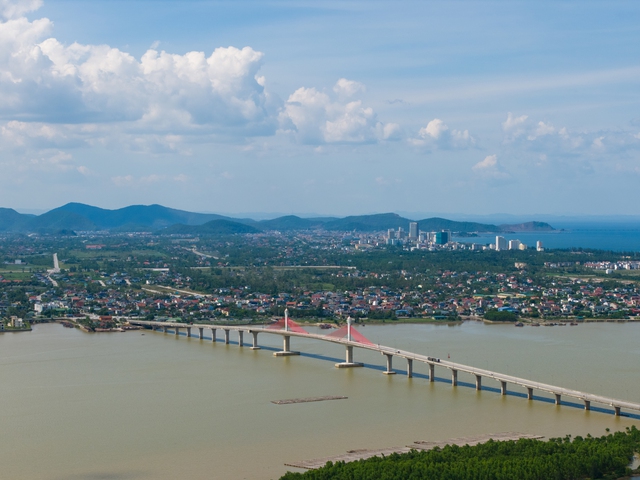
Additionally, the Cua Hoi Bridge, a new landmark connecting both banks of the Lam River, boosts trade and tourism. It reduces travel time, cuts logistics costs, and increases tourist flow by 15-20%. The bridge creates an inter-provincial tourism axis, attracting investment and contributing to annual GRDP growth in both provinces.
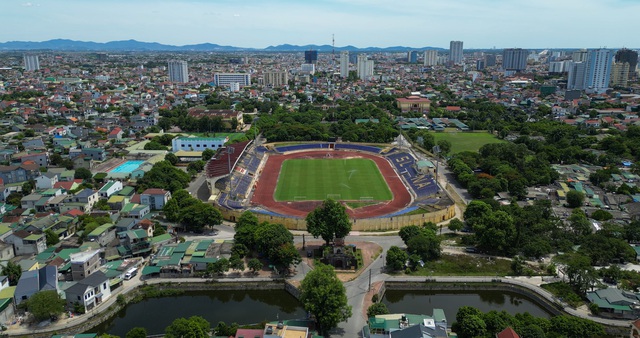
Beyond new infrastructure, completed social projects are transforming Nghe An’s landscape. The Vinh Stadium, with a capacity of 18,000-20,000 seats, supports sports training and international competitions, elevating community life. Vinh Square is another cultural symbol, attracting both locals and international visitors along the Central Heritage Road.
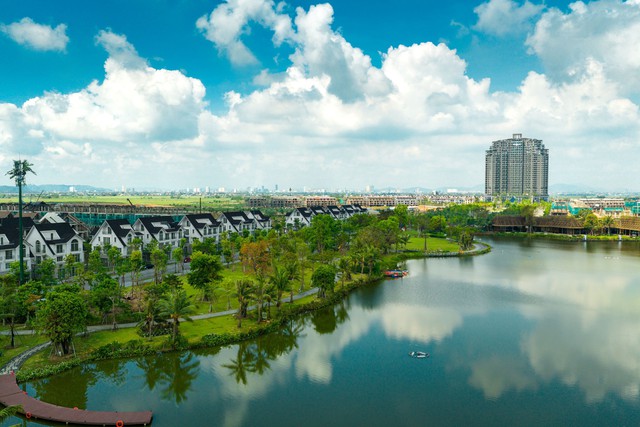
Positive economic and infrastructure signals have significantly impacted the local real estate market. The presence of major developers, including Ecopark’s founder behind Eco Central Park, reflects confidence in Nghe An’s untapped potential. This influx of investment underscores the province’s emergence as a dynamic, value-driven market.
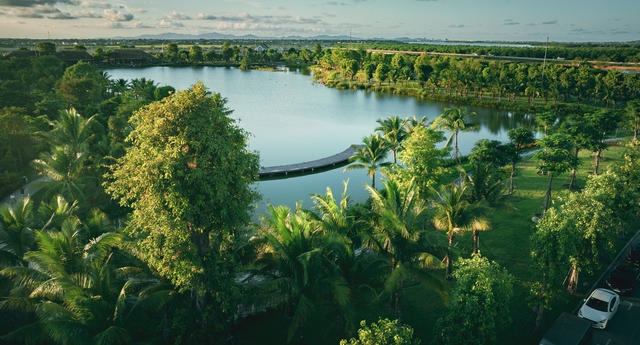
Experts note that surging transactions and premium projects indicate Nghe An’s real estate market is transitioning from accumulation to acceleration. From 2025, as large-scale projects near completion, the market is expected to thrive. This growth is further supported by Vietnam’s broader real estate recovery after a prolonged adjustment period.
Southern Region’s Apartment and Townhouse Market: A Comprehensive Overview
Property buyers in Ho Chi Minh City are returning to the market, with one broker reporting the successful sale of three apartments and one townhouse in the past three months.
Prime Minister: Social Housing Should Not Be in Remote or Inconvenient Locations, Nor Limited to High-Rise Buildings
Prime Minister Pham Minh Chinh emphasized that social housing should not be limited to high-rise buildings but can also include low-rise structures. He stressed that these housing projects must not be located in remote, inaccessible areas or on marginal land, but rather in well-developed locations with adequate infrastructure.
Hot This Week: Ho Chi Minh City’s Ring Road 3 Set for Technical Opening by Year-End
Proposals to increase the income threshold for social housing eligibility to 40 million VND/month for couples, Dong Nai’s commitment to commence and complete over 9,000 social housing units next year, the final 100-day push to open Ho Chi Minh City’s Ring Road 3 by year-end, and updates on resolving bottlenecks for nearly 3,000 stalled projects are among the top headlines of the past week.
Proposed Recommendations to the Ministry of Construction Regarding Can Tho Airport
The People’s Committee of Can Tho City has urged the Ministry of Construction to promptly approve the investment policy for the upgrade of Can Tho International Airport. The project aims to increase the airport’s capacity to 7 million passengers annually in phase 1, with a further expansion to 12 million passengers per year in phase 2, significantly boosting regional development.





